Thus, instead of previously setting a target of 8% or more GDP growth for this year, the government has specified a higher figure. This is justified because in the first half of 2025, despite the global economy struggling with tariff pressures, declining consumption, and supply chain fragmentation, Vietnam emerged as a rare bright spot with GDP growth reaching 7.52% - the highest for the same period in the past 14 years.
Vietnam's rise is not a random occurrence but reflects years of preparation in maintaining macroeconomic stability, improving the investment environment, strengthening trade negotiations, and proactively seizing the wave of global supply chain shifts.
In just the first six months of the year, Vietnam attracted over $21.5 billion in FDI, a 32.6% increase compared to the same period last year; exports increased by 14.4%, creating a trade surplus of nearly $7.63 billion; bank credit increased sharply, supporting production and investment. Business confidence and financial markets improved significantly.
However, amidst the bright light of growth, there are still many dark areas and accumulating challenges that need to be identified early in order to find timely solutions. First of all, growth is not truly sustainable as it still depends heavily on the FDI sector and exports.
The domestic economic sector, especially small and medium-sized enterprises (SMEs), remains weak in the value chain, lacking capital, technology, and competitiveness. Furthermore, labor productivity and the quality of human resources have not kept pace with the demands of economic transformation. Vietnam is attracting high-tech capital but lacks sufficient skilled technical personnel to absorb it.
Furthermore, the connectivity infrastructure and institutional framework remain bottlenecks. Policies to incentivize green investment, digital transformation, and innovation are still at the planning stage and have not yet formed a sufficiently strong incentive framework.
Finally, external risks cannot be ignored; tariffs from the US could indirectly impact supply chains, international interest rates have not yet significantly decreased, and exchange rate fluctuations and global geopolitics could cause international capital flows to reverse rapidly if the domestic environment becomes unstable.
To address these challenges promptly, Vietnam needs to implement several core solutions simultaneously. First, it is necessary to promote the development of the domestic business sector, especially small and medium-sized enterprises (SMEs), through preferential credit programs coupled with requirements for technological innovation. At the same time, bottlenecks related to land, planning, and environmental procedures need to be thoroughly resolved through pilot models of high-tech industrial zones with more flexible mechanisms than the general legal framework.
Furthermore, significant investment in high-quality human resources is crucial. This is not solely the responsibility of the education sector, but requires a strategic collaboration between the government, businesses, and research institutions, with specific budgets and policies for key sectors such as semiconductors, automation, and new materials. The shift in growth model from outsourcing to innovation is also essential.
It is necessary to encourage the formation of domestic innovation industrial clusters, where Vietnamese businesses proactively research, design, produce supporting products, and connect with the region. Proactive and selective integration is crucial, playing an active role in establishing new rules of the game regarding green supply chains, digital trade, and carbon taxation. This institutional space will determine competitiveness in the next 5-10 years.
Vietnam's growth prospects stem from its rising position in the global value chain and an improving investment environment. To sustain this momentum, sufficiently strong, rapid, and substantive reforms are needed.
To maintain its momentum, Vietnam needs to build modern institutions that adapt quickly to new global standards such as digital trade, green transformation, and global minimum tariffs. It is crucial to immediately leverage the current high growth period to promote strong reforms, as there is ample room for maneuver, consensus is easily formed, and the spillover effect is greatest.
Growth only opens the way; reform is what truly takes off. High growth rates create confidence and attract global investors, but this is only the beginning. If Vietnam seizes the right opportunities, addresses bottlenecks early, and enhances its internal competitiveness, it can absolutely rise to become a regional hub for production, innovation, and connectivity, asserting its position in the reshaping global economic order.
Source: https://www.sggp.org.vn/tang-truong-chi-mo-loi-cai-cach-moi-vuon-xa-post804056.html










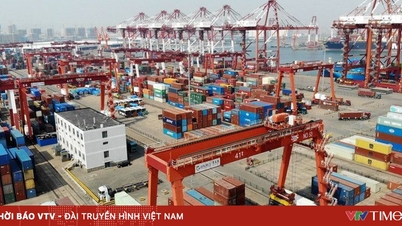
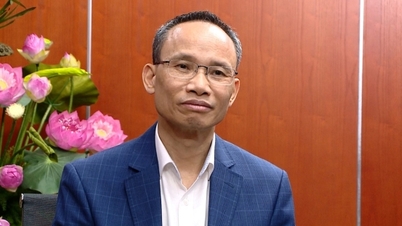



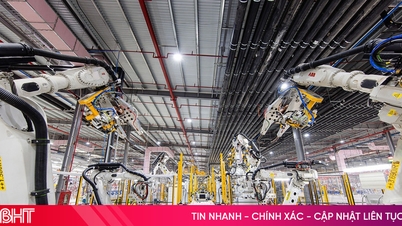

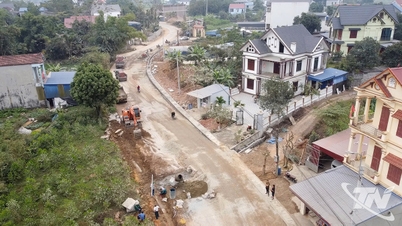






















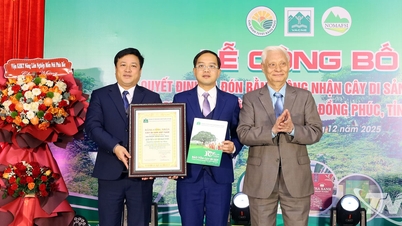






















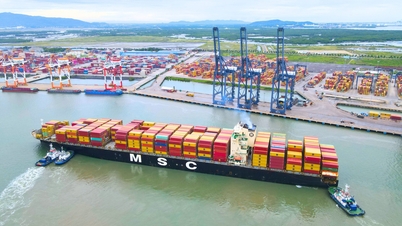























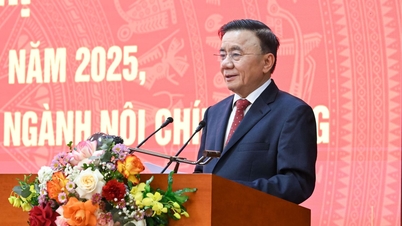









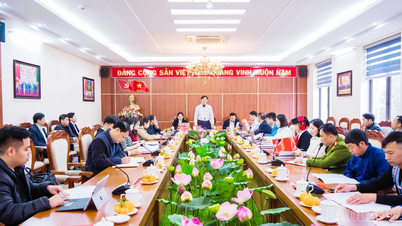













Comment (0)